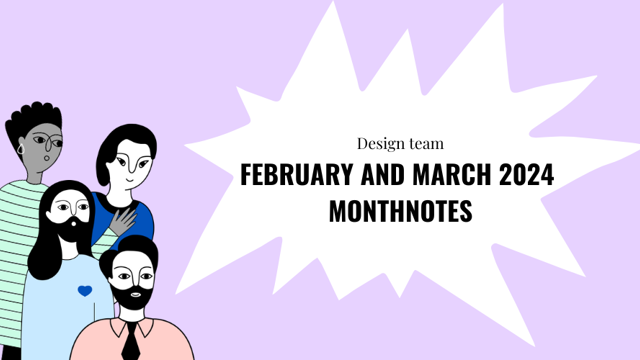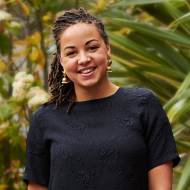What if we became better storytellers?
This quote from Rob Hopkins is something we’ve been asking ourselves for some time now. As designers, we’re knee deep in stories all the time – whether we realise it or not. The stories our clients tell us in their brief, and the stories we tell them about how we will respond, take us all a step closer to a story of a different, better future.
As a project gets underway we are awash with stories still. Crucially there’s the story of the project itself. This needs to be delicately held through certain ambiguity: forging a way forward, bringing people along on the journey, and laying the foundations for the change we want to see. That’s a big job and stories will take hold throughout – whether you plan for them or not.
Stories as part of design
Stories also have an important role to play as we apply design approaches and methods. At a very basic level a story is a sequence of events. As I’ve explored the role of storytelling in this space I have leant towards this definition, taken from Literary Terms:
"A story or narrative is a connected series of events told through words (written or spoken), imagery (still and moving), body language, performance, music, or any other form of communication…
Whenever you’re telling somebody about a series of events, you are telling a story, no matter what the subject."
As designers, this is a reminder that we can tell a story through any form of communication: including, and especially, the types of storyboards, maps, visualisations and diagrams that designers create all the time in their work.
Stories, like services, unfold over time through a connected series of events; influenced by an actor or protagonist, including their motivations and goals. So through our work what becomes important is how we observe, listen and learn not just to what is happening, but why and to what effect. It’s here that we have all the ingredients of a story.
Bringing more storytelling into our work
There are many opportunities to bring storytelling methods into the way we work. As an example, I recently shared how we’ve been doing this in our work with Central Bedfordshire Council to create the right conditions for change.
When using Story Space to support more of our future work, we will be looking for opportunities to use more storytelling approaches like the Central Bedfordshire example. This means asking the question: How might we better engage the senses, create inclusive spaces, move people's emotions, or change their minds using storytelling?
Another opportunity we want to explore is how our teams are tasked with demonstrating the value of design in new contexts. This is where stories can help us to bring data to life, and to communicate in a more evocative way. A well crafted story can clearly illuminate the scene before and after, showing the difference that a design mindset can bring.
Becoming better storytellers
The possibilities of better storytelling are everywhere in our work.
It was our hunch that storytelling was already happening across our teams and the organisations we work with. This is why we’re using Story Space to explore this further. We now have an open invite to all our designers, researchers, and everyone with an interest in storytelling, to come along to monthly Story Space gatherings.
We will share more about this work as it develops, you also can get in touch directly if you would like to know more.
Our recent design blog posts
Transformation is for everyone. We love sharing our thoughts, approaches, learning and research all gained from the work we do.

From Manila to London: Navigating cultures in the TPXimpact Design Academy
Ron Digao shares his journey to our Design Academy and his experience in the programme so far this year.
Read more
